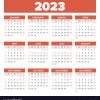More Misinformation about Planet X0
- From Around the Web, Space
- February 7, 2018
David Wilcock explains about Planet X
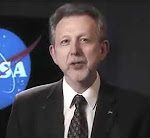
David Wilcock explains about Planet X
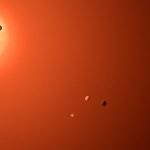
An international team of astronomers has used the NASA/ESA Hubble Space Telescope to look for atmospheres around four Earth-sized planets orbiting within or near TRAPPIST-1’s habitable zone. The new results further support the terrestrial and potentially habitable nature of three of the studied planets. The results are published in Nature Astronomy.
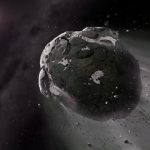
An intermediate-sized asteroid discovered sixteen years ago will fly safely past Earth on February 4, 2018 at 4:30 p.m. EST (1:30 p.m. PST, 21:30 UTC).
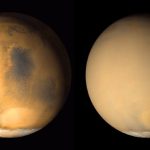
Martian dust storms play a role in the ongoing process of gas escaping from the top of the planet’s atmosphere, according to a new study using observations by NASA’s Mars Reconnaissance Orbiter (MRO).
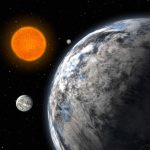
Astronomers using data from the NASA Kepler spacecraft’s reborn K2 mission have found a triple system of super-Earth exoplanets around a cool star called LP 415-17.
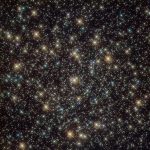
This image from the NASA/ESA Hubble Space Telescope reveals a glistening and ancient globular cluster named NGC 3201 — a gathering of hundreds of thousands of stars bound together by gravity.
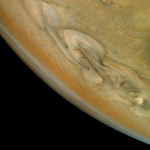
See Jupiter’s northern polar belt region in this new view taken by NASA’s Juno spacecraft.
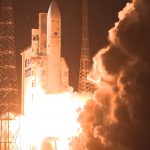
NASA’s Global-scale Observations of the Limb and Disk, or GOLD mission launched at 5:20 p.m. EST, Thursday, Jan. 25, as a commercially hosted payload on the SES-14 satellite.

Initial tests in Nevada on a compact nuclear power system designed to sustain a long-duration NASA human mission on the inhospitable surface of Mars have been successful and a full-power run is scheduled for March, officials said on Thursday.



